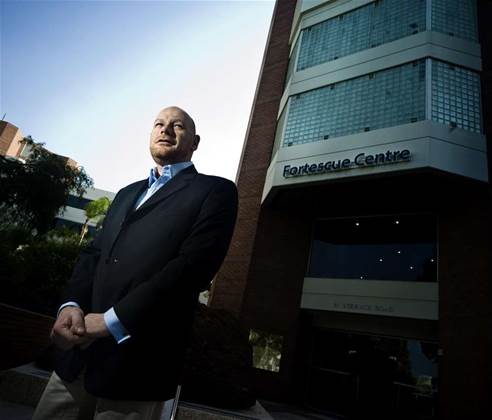Mobile Device Management tools are a “super-hyped-must-have that creates a lot of confusion with enterprises," according to Vito Forte, CIO of Fortescue Metals Group (FMG), who argues for a simpler approach to enterprise mobility.

“Enterprise IT seems to view BYOD through their ‘Lens of Risk and Control’ rather than understanding that it's about personal choice," Forte told iTnews.
Implementing MDM tools adds a further layer of complexity to enterprise mobility that in many cases is unnecessary, he said.
“You should start from the perspective that a person wants to use, and makes a conscious choice to use a particular device. They do this because it suits their work style. So as an enterprise, the best thing we can do is not get sucked into the paradigm that says we now must try and control and manage any and all aspects of this choice.
“I have had many a robust conversation with people about this, and I usually ask – ‘Why do you want to control it?’ and ‘Why does it matter?’
"I will probably get flamed by the security people out there, but I see bigger security issues with day-to-day enterprise practices than with BYOD. So the KISS principle applies here. Make it hard, and not only will you have a poor take-up, but you will also drive up administrator overhead in the process.”
FMG’s solution was to make BYOD a “program of choice”. If an employee chooses to bring their own device, they do so in an informed manner, and are asked to take responsibility and accountability for their choice.
“Employees can choose to sign up to this program for two years, and commit to support their device.”
FMG didn’t offer a stipend or loan to purchase the device – that choice, Forte said, is for every CIO to consider.
The more pressing questions, he said, is whether your application environment supports the multitude of devices that might now want to connect to them, and whether any data can be stored locally on the device.
The most common apps should be virtualised, he said, abstracting the device layer and offering easier administration for IT staff. FMG does so and doesn’t allow for any data from these applications to reside on the device.
Forte concedes that not all applications can be virtualised in a meaningful way for mobile devices.
“What we end up with isn't one-size-fits-all, but it does allow people to make a choice and understand why they make that choice and how they work within the parameters set out by their organisation,” he said.



.png&h=140&w=231&c=1&s=0)







 iTnews Executive Retreat - Security Leaders Edition
iTnews Executive Retreat - Security Leaders Edition












_(1).jpg&h=140&w=231&c=1&s=0)



